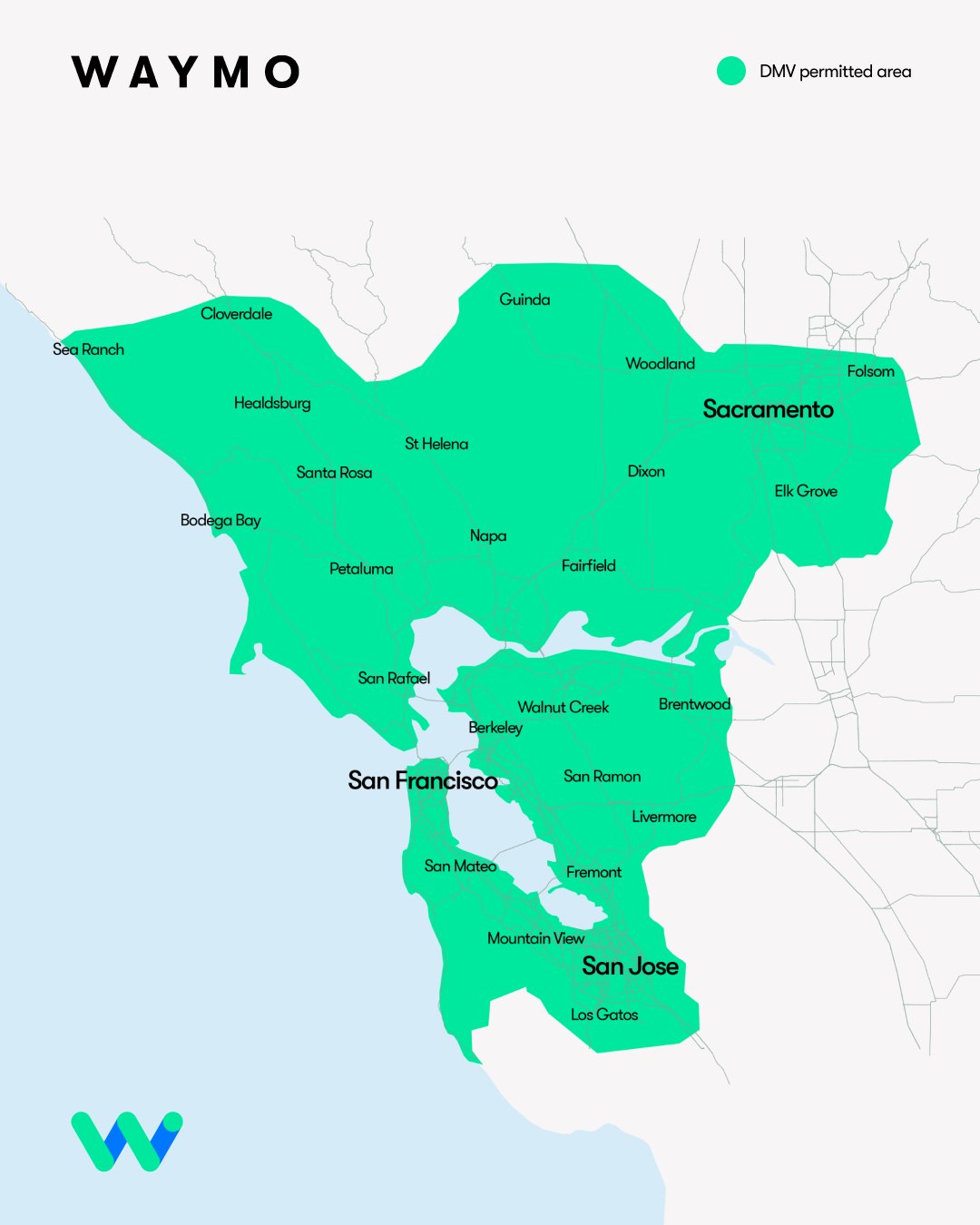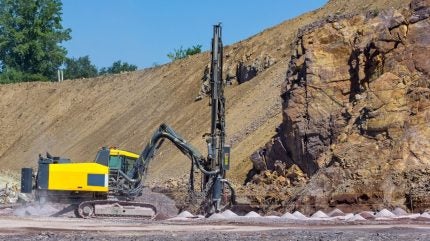Aureka is setting a new standard in Victorian gold exploration by building strong community ties.
Gold mining in Victoria pre-dates Australia’s federation. A history first ignited by an 1850s gold rush has carried through to the present day, with a host of mining and exploration companies taking advantage of the state’s high-grade, low-cost potential.
Active gold mines in Victoria include the likes of Fosterville, Costerfield, Stawell and Ballarat, with Fosterville considered one of the lowest cost gold mining operations in the world.
Despite the state’s storied gold-mining history, several prominent Victorian goldfields remain largely untapped, with research from the Geological Survey of Victoria suggesting that up to 75 million ounces could still be unearthed.
Rich resources have been delineated in the Stawell, Bendigo and Melbourne zones, with some projects boasting million-ounce deposits.
Aureka is aiming to bring Victorian gold to life through its Stawell Corridor, Tandarra, St Arnaud and Jubilee gold projects.
After a recapitalisation process, Aureka debuted a new name in December 2024, leaving the previous brand’s legacy behind. This has seen the company focus on its social license, building relationships with landowners and stakeholders to provide a sustainable platform for exploration.
In the years that Aureka manager director James Gurry has been involved in the Victorian gold industry, he has come to understand a common quandary: mining and exploration companies often face difficulty in gaining land access.
“I recognised it (land access) was an issue based on my feedback from the previous management and directors of Aureka,” he told Australian Mining.
“I’ve also listened to stories from the industry. Some current gold miners are land-strapped and have said that they would have loved to have bought more land if they had their time over again.
“They’ve encouraged others to be proactive about land purchases as a result.”

Gurry highlighted Southern Cross, which has established one of Victoria’s largest gold footholds.
“One of the best examples of value creation in Victoria in recent years has been Southern Cross, which has acquired quite a lot of land,” he said.
“Stories such as this have inspired Aureka’s value-creation strategy. But it’s not just about acquiring land; it’s about how you do it.”
There are instances in the Victorian gold industry of exploration companies struggling to gain sustainable land access, facing opposition from landowners. The question they must ask: Have we responsibly engaged landowners when acquiring and exploring land?
Gurry shared his tale of success.
“Some of our projects have been perceived to have community-related issues in the past,” he said.
“But by working with Tesbury Consulting Services and JLL Real Estate, and working courteously with our stakeholders, we’ve been able to build stronger relationships and gain sustainable land access for low-impact exploration.
“We’ve also, with investor backing, had the opportunity to grow our footprint by acquiring new land. Some of this land had been up for sale for a long time and wasn’t moving, and by buying it we’ve provided a solution for landowners who want to move onto the next stage in their life.”
Tesbury acts as the middleman in the process – a conduit prioritising the best interests of the vendor and buyer. “We work as an intermediary between parties, and help to build stakeholder relationships over time,” Tesbury director Adam Place told Australian Mining.
“We remove the element of surprise by consistently communicating with vendors about any changes to activities on their land.
“We also present opportunities for exploration companies and landowners, which, in Aureka’s case, has seen us reflect on the good stakeholder engagement stories in the mining and exploration sector and help familiarise the community and landowners with low-impact exploration processes.”
Place said there might be landowners scarred by negative experiences.
“This is where we listen and understand how we can learn from mistakes of the past,” he said.
“We’ve had instances where landowners aren’t happy with how things happened in the past, but have since turned a corner and found our level of communication a stark improvement.
“Alternatively, landowners might have had good experiences in the past, and they have come to gain an understanding about the potential for exploration in this region and how Aureka fits within that.”

JLL Real Estate, the central cog in the buying and selling of land, has also played an important role in terms of social license.
JLL land access manager Michael Harkin painted a picture. “I’ve worked in the coal and electricity industries for more than 25 years and seen various incidents of good and bad behaviour,” Harkin told Australian Mining.
“On a macro level, some companies talk about social licensing, but they don’t really get it. They don’t get that their project can cause landowners a lot of grief, whether that be farmers or homeowners.
“And a lot of agitation has been created in the past with companies maybe not doing what they say they would, for example. For a company to really get social licensing, they need to have empathy.”
Harkin said Aureka has bucked the trend of many companies by prioritising communication and relationships.
“Adam and James have gone out there, knocked on doors and put a human side to their business,” he said.
“I recently received feedback from a real estate agent working with a vendor who was initially highly opposed to doing business with us. But after arranging a meeting with Aureka, the vendor was appreciative of James’ kindness.
“That’s fundamental in what James is doing: he is considerate and kind, which can be a rare thing in this industry.” Harkin said it’s refreshing to have companies such as Aureka approaching social licensing as seriously as they are. It’s the right way to go about it, he said, and it ultimately leads to the best results.
“James is working with the community, and he’s got Adam doing his engagement,” he said. “They’re doing what they say they will, and they’re working with people in good faith.
“What I’ve observed with Aureka is a caring way of doing business. I hope the resource is great, because the way they go about it is establishing a benchmark for how you do development in the exploration industry.”
To accompany its active communication with stakeholders, Aureka works with landholders to understand when’s best to carry out exploration programs.
“We’ve carried out drill programs with one rig at a time operating during typical agricultural business hours – from 7.00am until 5.00pm,” Gurry said.
“So the limited amount of noise we generate with our rig would only be emitted during that time.
“We also don’t work on weekends because people are more likely to be home then.” Gurry said this approach is all part of Aureka embedding itself within the community.
“While we’re committed to our project, and we recognise that there is terrific potential in the gold we’ve discovered. We want to prove that we’re also part of the community,” he said.
“We want to respect landowners and the land use that currently exists there.”
With a global mineral resource of 5.34 million tonnes at 2.1 grams per tonne (g/t) gold for 360,800 ounces, including 304,000 ounces at 2.43g/t gold at the flagship Irvine project, Aureka is quietly putting together a robust gold portfolio.
And it is establishing itself as a trusted exploration company to boot, one that is rewriting the book when it comes to environmental, social and governance (ESG) in the Victorian gold industry.
This feature appeared in the September edition of Australian Mining.




